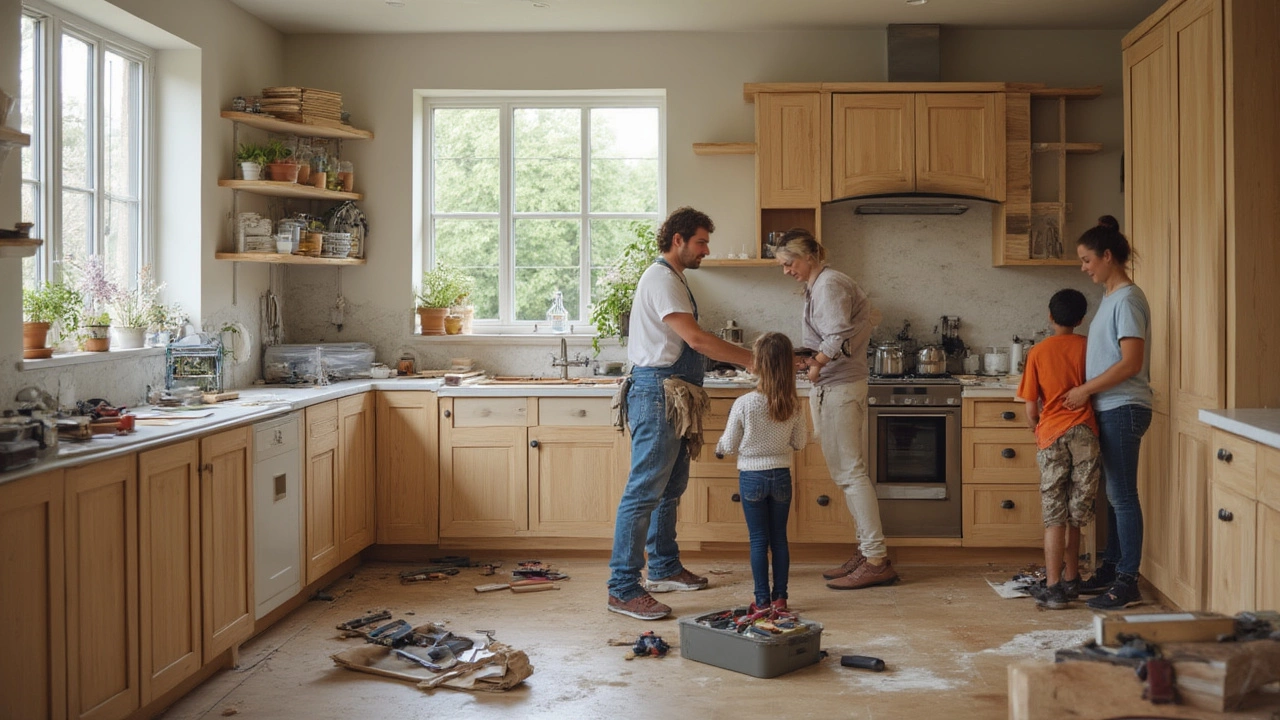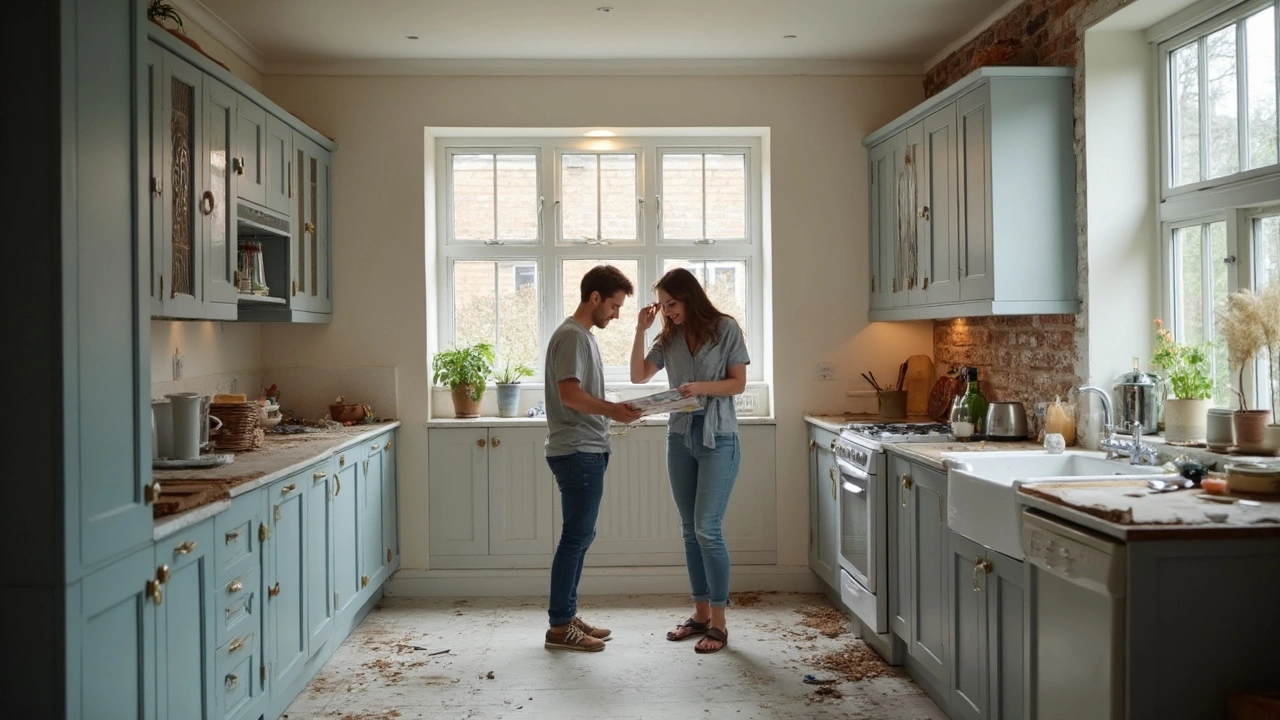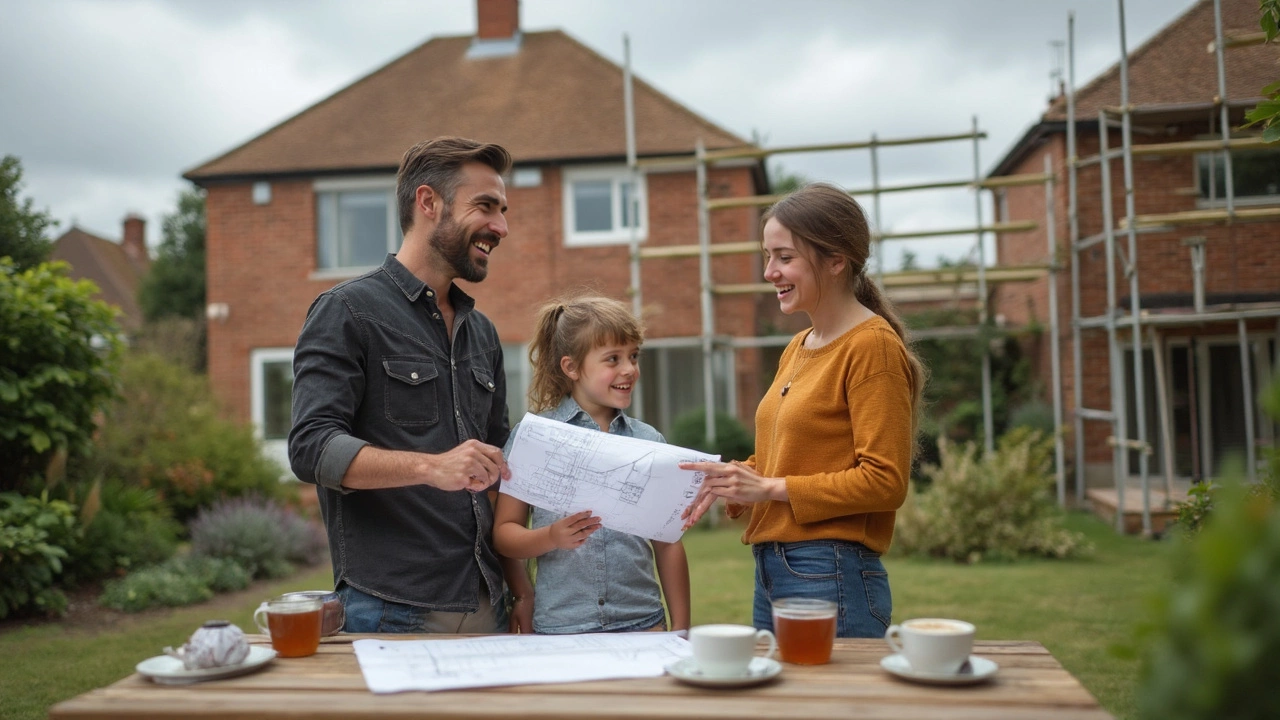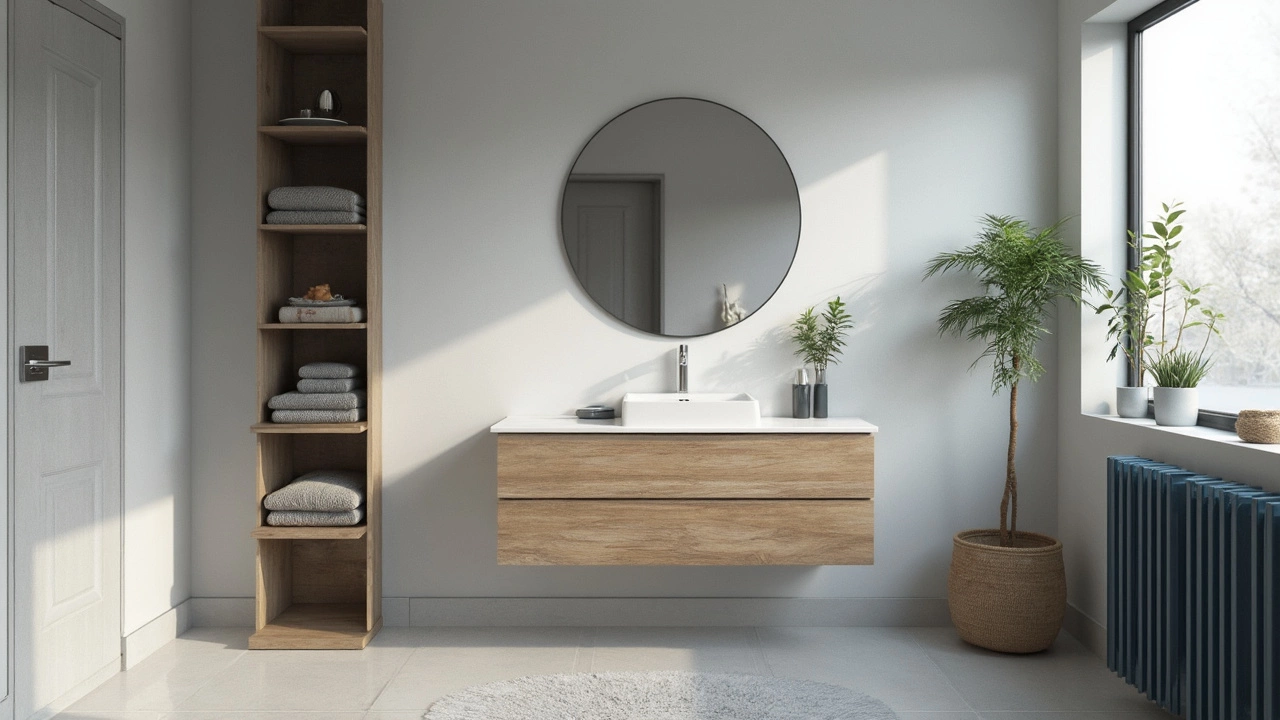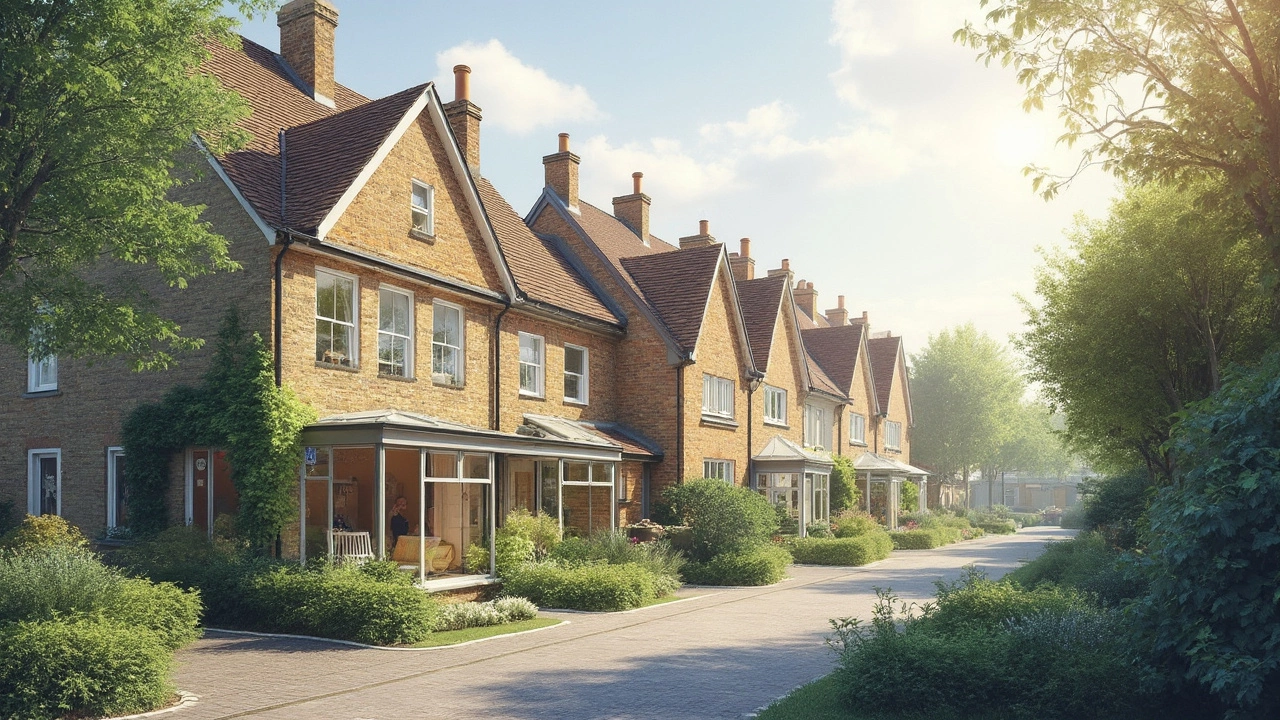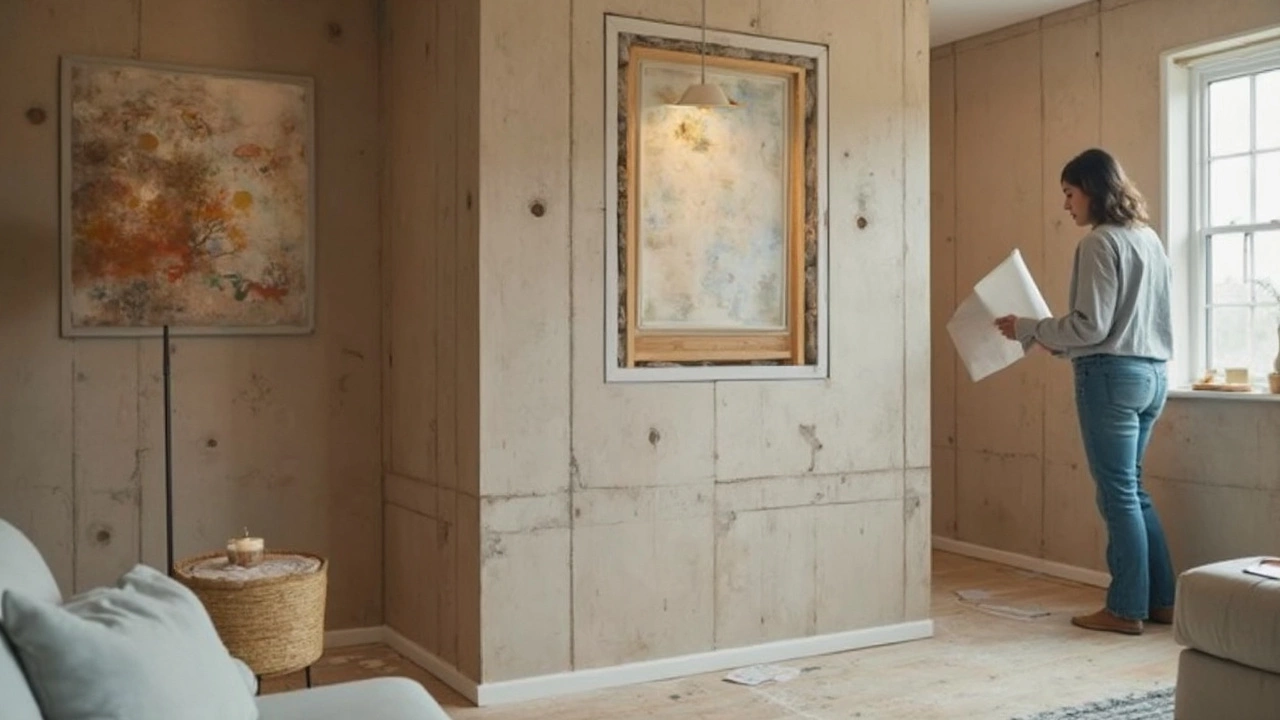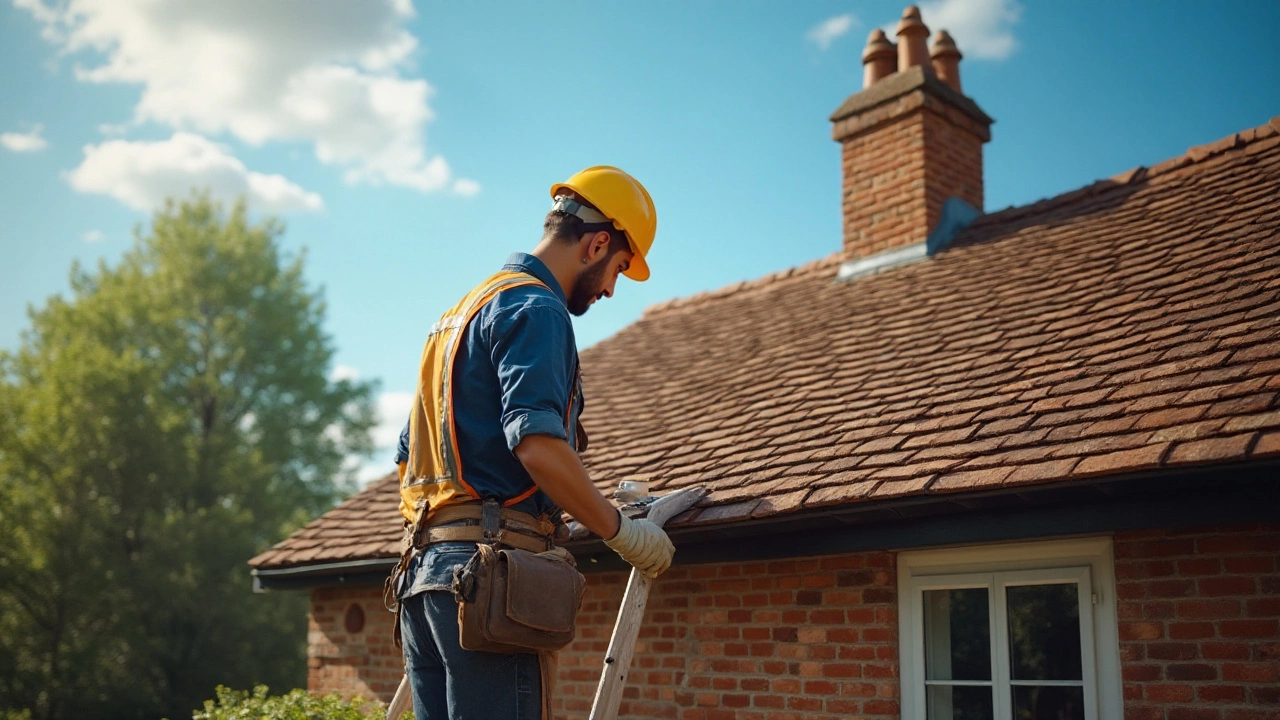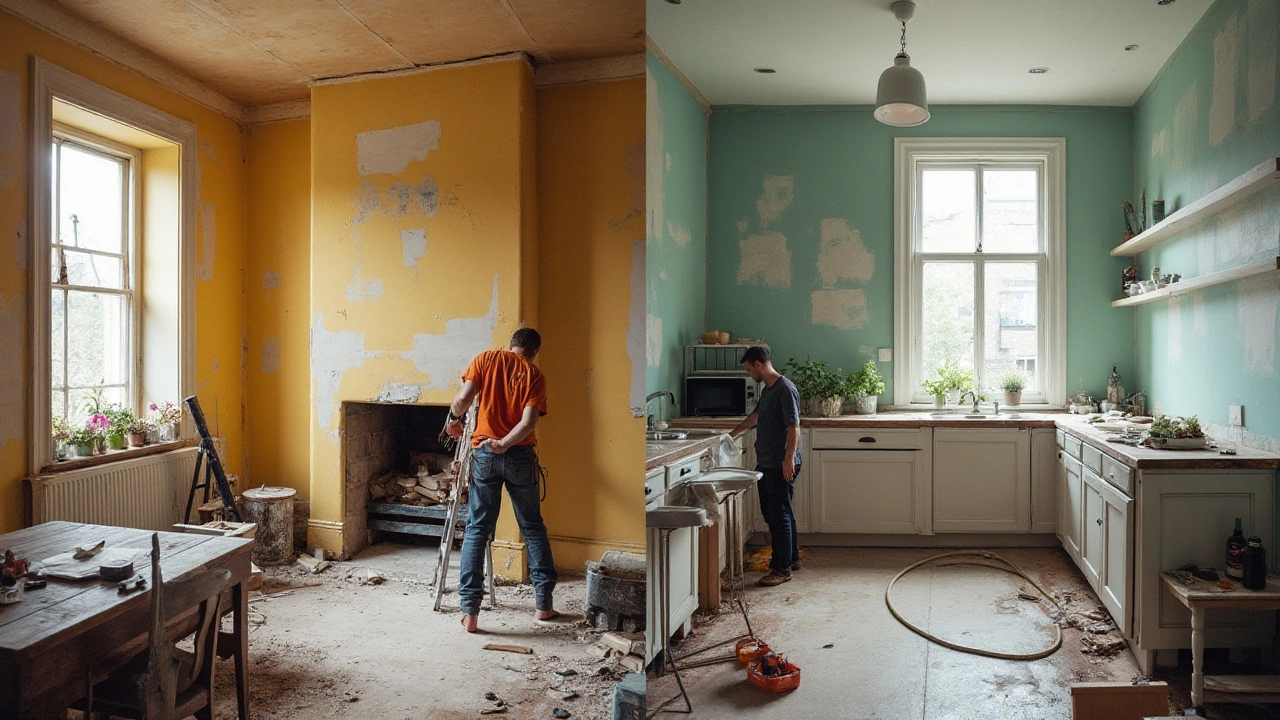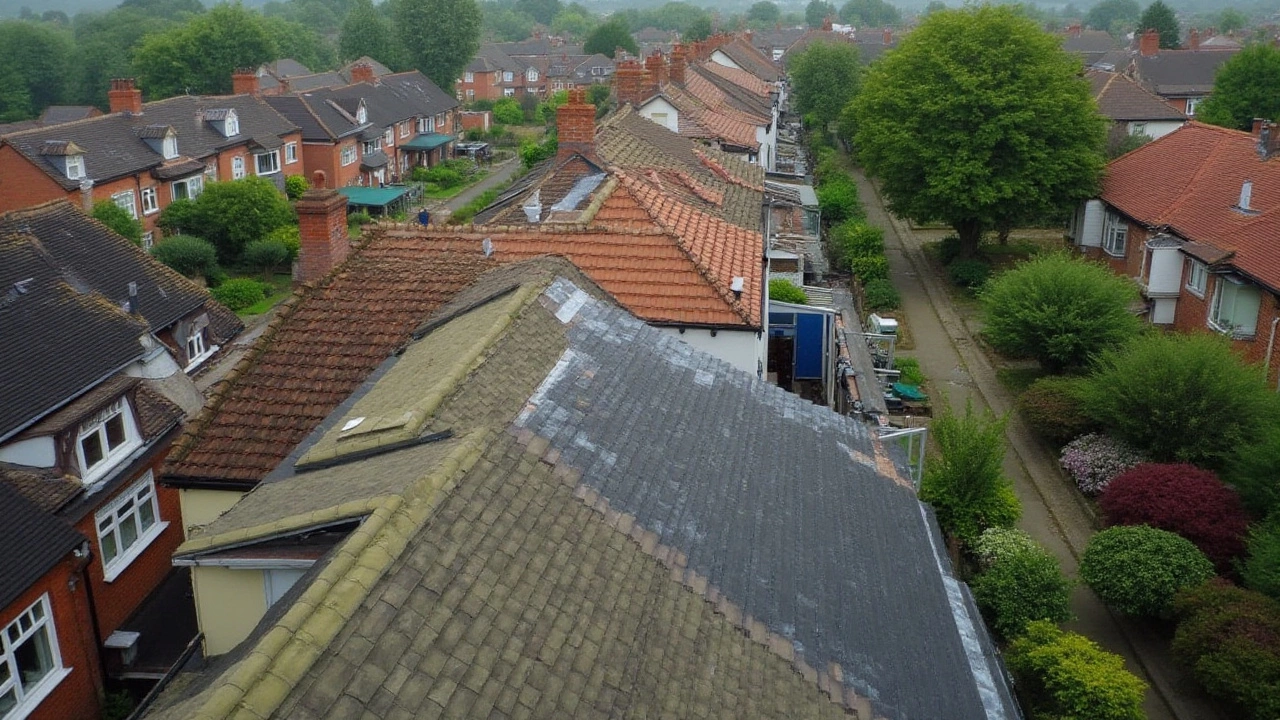Home Improvement: Practical Guides for UK Homeowners
Want to keep your house safe, look good, and stay on budget? You’re in the right place. Below you’ll find straight‑forward advice on the most common repair problems, smart renovation choices, and money‑saving building tips that actually work for UK homes.
Common Repair Issues and Quick Fixes
Foundation cracks are the biggest red flag for many owners. A crack under 2 mm is usually harmless, but once it widens beyond 5 mm you should call a structural engineer. Measure with a ruler or a crack gauge and note any growth over a few weeks – that’s a sign you need professional help.
Insurance rarely covers foundation work, so read your policy carefully. If you live in areas like Bristol where subsidence is a concern, look for add‑on coverage or a separate foundation clause. Knowing what’s covered saves you from nasty surprises later.
Loft conversions sound great until you hit a low headroom or a tricky truss layout. Before you start, check the present height – you need at least 2.2 m of clear space. If the trusses are too close, you might have to reinforce the roof, which adds cost but avoids costly re‑work.
Smart Building & Renovation Ideas
Choosing the right building material can extend your home’s life by decades. Strong, low‑maintenance options like brick veneer, insulated concrete forms, or timber‑stud walls with double‑glazed windows resist moisture and fire better than cheap timber cladding.
If you’re debating whether to build a new house or buy an existing one in 2025, break down the costs. New builds often start cheaper on land, but you’ll add expenses for foundations, utilities, and finishing touches. Buying a ready‑made home may cost more upfront but saves you from surprise site‑work fees.
For budget bathroom remodels, focus on paint, new fixtures, and a fresh vanity. A quick splash of light‑neutral paint can make a tiny space feel larger, while swapping an old tap for a modern mixer gives an instant upgrade without a major overhaul.
When it comes to settling new builds, expect a few weeks to a few months for the structure to stabilise. Watch for new cracks after heavy rain – small hairline cracks are normal, but wider splits need a specialist’s eye.
Finally, always get a written quote before any work starts. Whether you’re hiring a landscaper, a contractor, or a specialist for dry‑fit kitchen installation, a clear scope and price list protects you from hidden fees.
Use these practical pointers as a checklist for your next project. Fix the obvious problems first, pick durable materials, and keep an eye on costs. Your home will stay solid, look great, and save you money in the long run.


